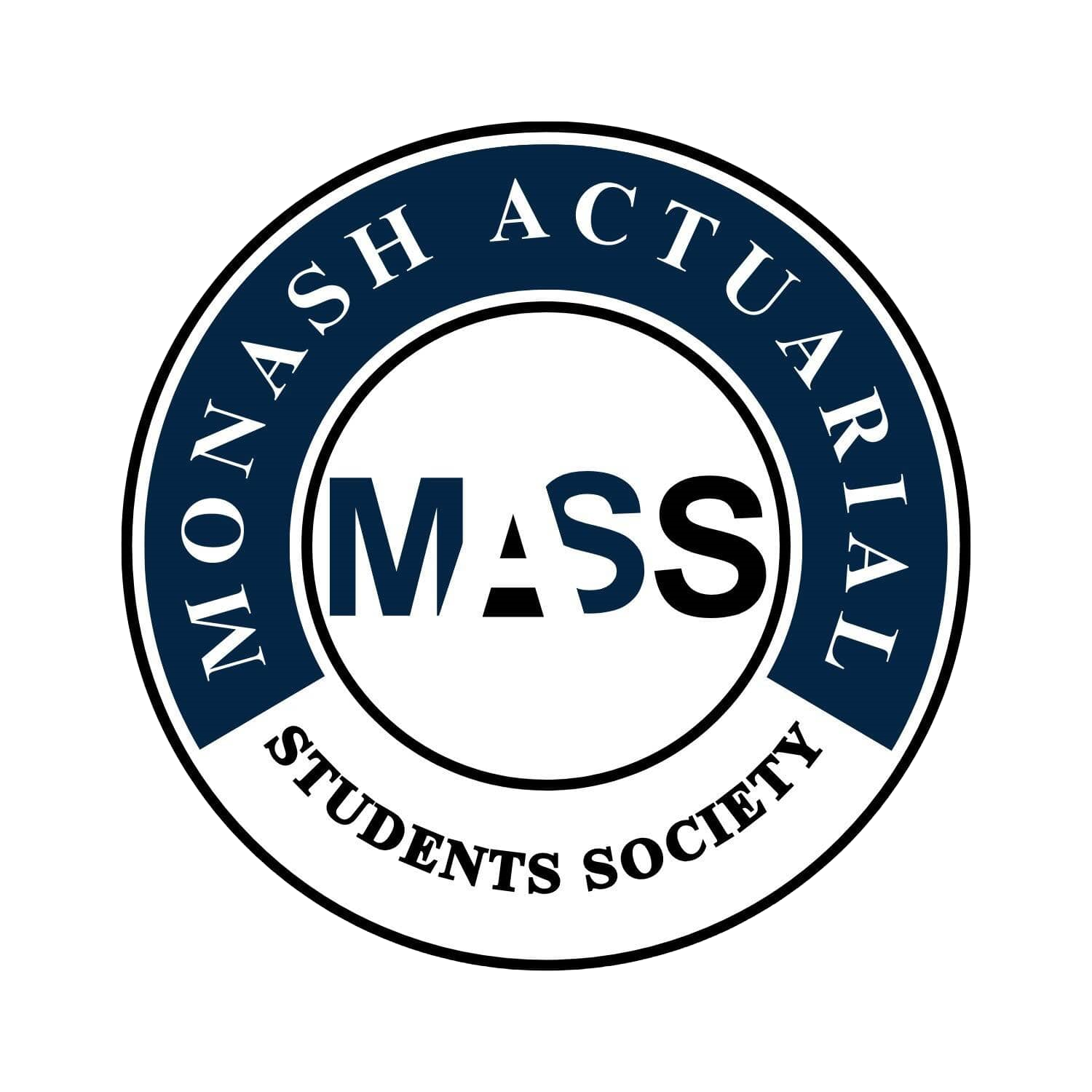ETC3460 / ETC5346 Financial Econometrics (Sem 1 2022)
Difficulty:
Year Completed: Semester 1, 2022
Prerequisite: ETC2410
(or ETC3440, or ETF2100, or ETW2510, or MTH2232)
Exemption:
CM2 Financial Engineering and Loss Reserving
ETC3420 (20%), ETC3460 (25%), ETC3520 (55%)
Weighted average of 70% required. Minimum of 60% required for
each unit.
Mean Setu Score: 69.65%
Clarity of Learning Outcomes: 70.97%
Clarity of Assessments: 71.74%
Feedback: 67.39%
Resources: 64.13%
Engagement: 81.72%
Satisfaction: 61.96%
Subject Content:
Lecture(s) and Tutorial(s):
Textbook(s):
Assessments:
Introduction
Background statistics
Financial asset prices, returns and risks
Mitigating risk - portfolio theory
Asset pricing models
Efficient market hypothesis and implications
Modeling predictable returns
ARCH
ARCH and GARCH
Modeling asymmetry in volatility
Multivariate modeling
Unit review/group presentation
1 x 2 hour lecture
1 x 1.5 hour tutorial
N/A
Group Project (Part A): 3%
Assignment 1: 15%
Group Project (Part B): 7%
Assignment 2: 15%
Final Exam: 60%
Comments
The content in this unit mainly focuses on volatility modeling and
seems very relevant. The content built on the prior weeks well and
tutorials often covered material not covered in the lecture in
addition to practicing the material covered in the lecture.
The lectures were often engaging and are very important as the
lecturer covers topics beyond the lecture slides. The lecture
consisted of a good balance of theory and example. The example
was usually used to consolidate the theory covered. The lectures
were fully recorded and uploaded to Moodle. The lectures were
covered by topic rather than weekly and some topics took longer
than a week to complete.
Tutorials began in the second week and focused on answering
questions and covering theory from the prior week's lecture. The
tutorial heavily focused on using Eviews to answer questions. It is
recommended to attend tutorials however tutorials recordings
were uploaded to Moodle in week 12. Often the tutorial would
build on topics from the lecture and teach material that wasn’t
covered in the lecture.
The assignments were a good opportunity to test the knowledge
learnt in the lectures and tutorials. The questions were more
difficult than tutorial questions and relied heavily on Eviews and
Excel. The assignments were marked strictly, but because they
were group assignments there were plenty of opportunities to
correct potential mistakes. The group report / presentation was a
very good application of the content. Assignments and exams
were similar however the exam consisted of more mathematics
and less portfolio analysis.
The exam structure was similar to the 2021 exam. The exam
mainly focused on ARCH and GARCH modeling and interpreting
Eviews output. The examiner uploaded one practice exam and its
solution. The exam was handwritten and required the students to
upload the answers at the end of the exam. The exam tested
students' memory more than their understanding of the content
covered.
Students should focus on remembering the content as much as
possible for the exam. Students should put emphasis on the
derivations as having a strong understanding of them will be
useful for all assessments.
General Overview:
Lectures:
Tutorials:
Assessments/Other Assessments
Exams
Concluding Remarks

